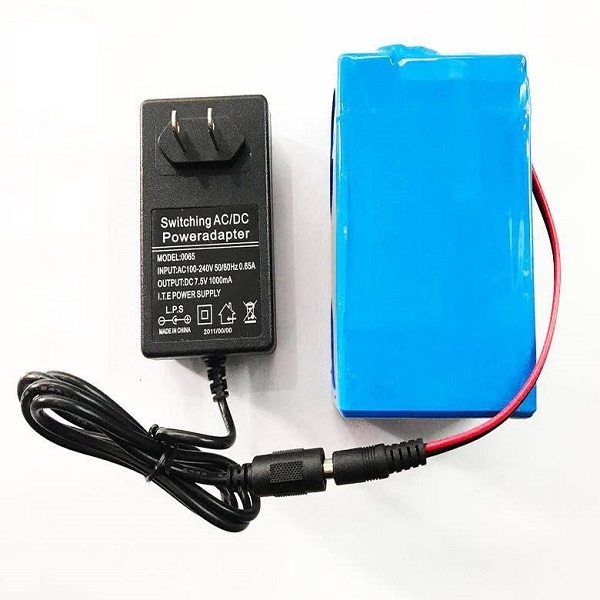There are two main types of rechargeable batteries on the market: nickel-metal hydride batteries and lithium-ion batteries, and the problem that people are concerned about whether the batteries cannot be charged is mostly for these two types. Batteries of the same type and specification can be connected in parallel, in series and in combination to form assembled batteries with different numbers of cells. As a common phenomenon, people want to understand the reasons behind the failure of batteries and battery packs to charge and seek solutions.

The reasons why the battery cannot be charged can be divided into the internal reasons inherent in the battery itself and the external reasons for the battery to charge. Lithium-ion batteries are gradually occupying the original market of nickel-hydrogen batteries due to their superior performance. Therefore, the lithium-ion battery charging is mainly explained here, and nickel-hydrogen batteries are mentioned in the difference.
The internal reasons for the battery not charging are:
1. The battery has zero voltage or there is a zero-voltage battery in the assembled battery. The zero voltage of the battery is either a substandard product itself, and has not reached the corresponding nominal capacity and voltage value when it leaves the factory, or it is at the end of its life. Due to long-term use, the capacity is exhausted and the voltage drop is zero.
Considering that after a long-term shelving, such as more than one year, the lithium battery may also be fully discharged in the form of self-discharge so that the voltage is zero. The current lithium battery protection scheme is designed to require that the battery can be charged even when the battery is at zero voltage. Therefore, there are two differences for the zero voltage of the battery: one can be charged and used continuously, and the other is completely useless; in other words, the capacity loss of the former is reversible, while the latter is irreversible. If a zero-voltage battery that cannot be charged is unfortunately designed into a lithium battery pack, it may conduct a zero-voltage signal to the battery pack through a protection chip, thereby turning off the MOSFET and making the battery pack unable to charge.
2. The battery pack is connected incorrectly. This situation is less likely, because rechargeable batteries or battery packs are generally required to be fully inspected when they leave the factory. This is the case for batteries from regular manufacturers unless a batch of batteries is not fully inspected when leaving the factory, and the wrong battery pack is connected. Just unchecked. Of course, it is another matter for products produced by informal manufacturers or personal assembly, and connection errors cannot be completely eliminated. Relatively speaking, the full inspection rate of NiMH battery packs is lower, and the probability of such errors may be higher.
3. The internal electronic components and protection circuits are abnormal. This situation probably occurs after the battery has been used for a long time. The aging and falling off of the electronic components will cause abnormal battery charging, especially the electronic components integrated into the protection circuit will directly affect the protection function of the circuit. As a result, the charging process cannot be properly guided.
The external reasons for the failure of charging in the charging behavior are:
1. The charger and the battery are not matched, especially the difference in the charging current design between the mismatched charger and the lithium battery will cause the instantaneous current to be too large during charging, and the lithium battery will implement overcurrent protection to stop charging. To solve this mismatch, especially pay attention not to mix Ni-MH chargers with lithium battery chargers, and try not to use "universal" chargers for some universal chargers.
2. The charging equipment is faulty and there is no output voltage. In this case, just put the battery on another charger of the same model to charge it.
3. Unsuitable charging environment. Both the charger and the rechargeable battery have their own working environment. If any of the two conditions are exceeded, the charging will not be carried out at high temperature or low temperature.
Solving the problem of battery not charging is nothing more than diagnosis and treatment. The order of diagnosis is the external cause first and then the internal cause, because the problem of the charging method only needs to be corrected, while the internal cause requires professional battery knowledge and battery testing equipment to draw a correct conclusion. If you can't solve it yourself, you can get a professional maintenance network for maintenance.



